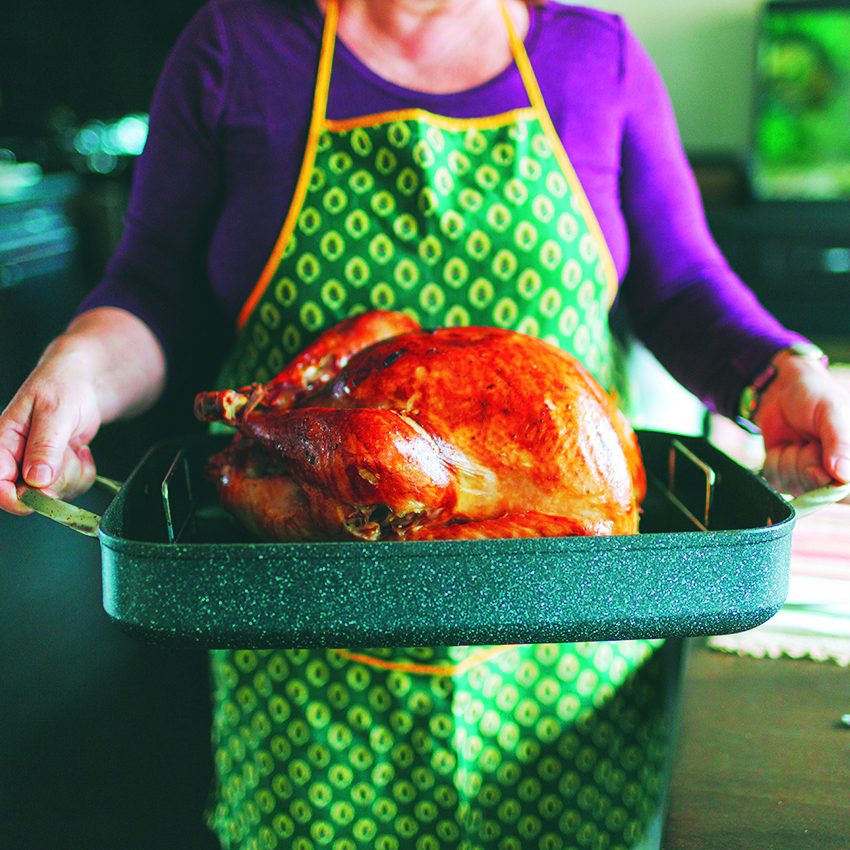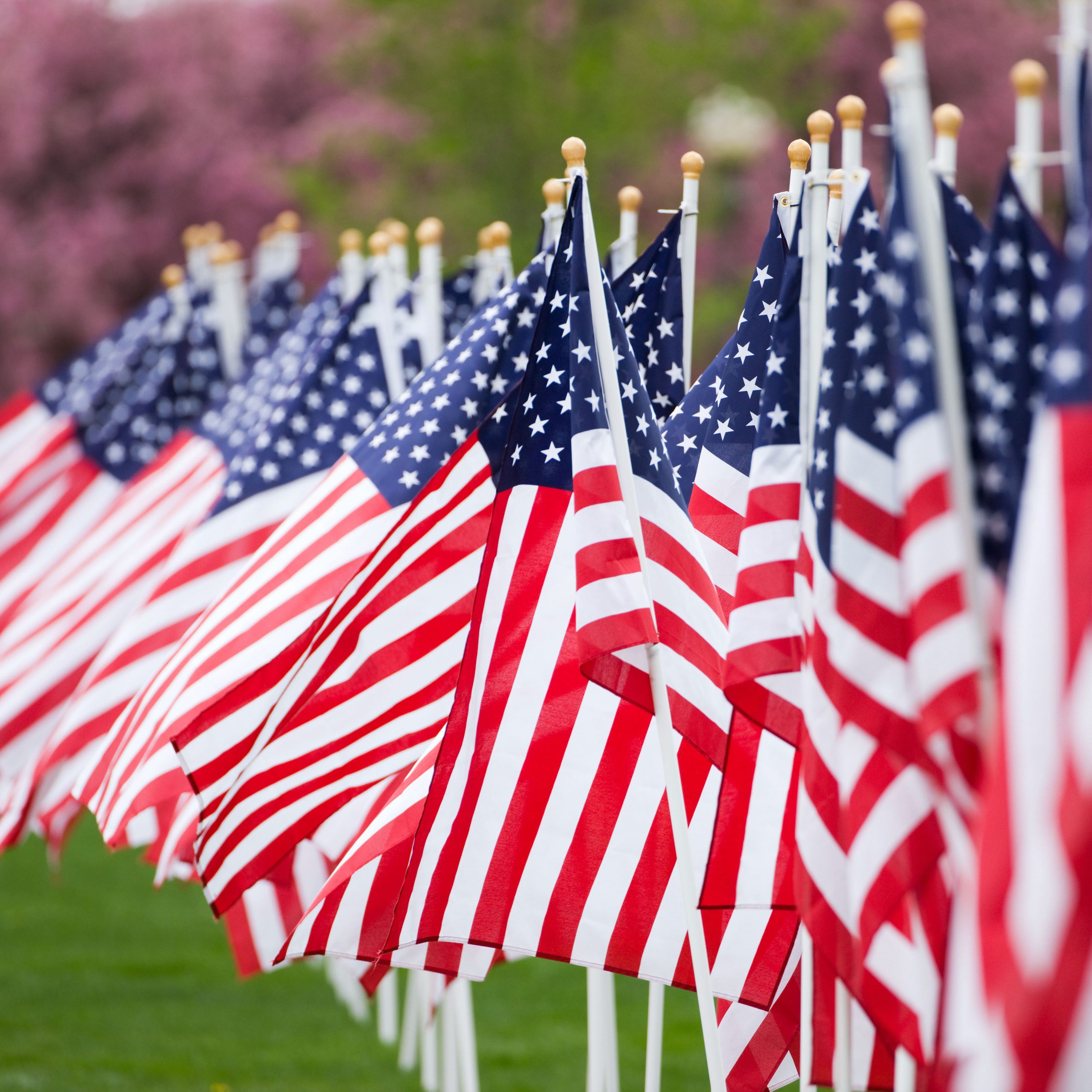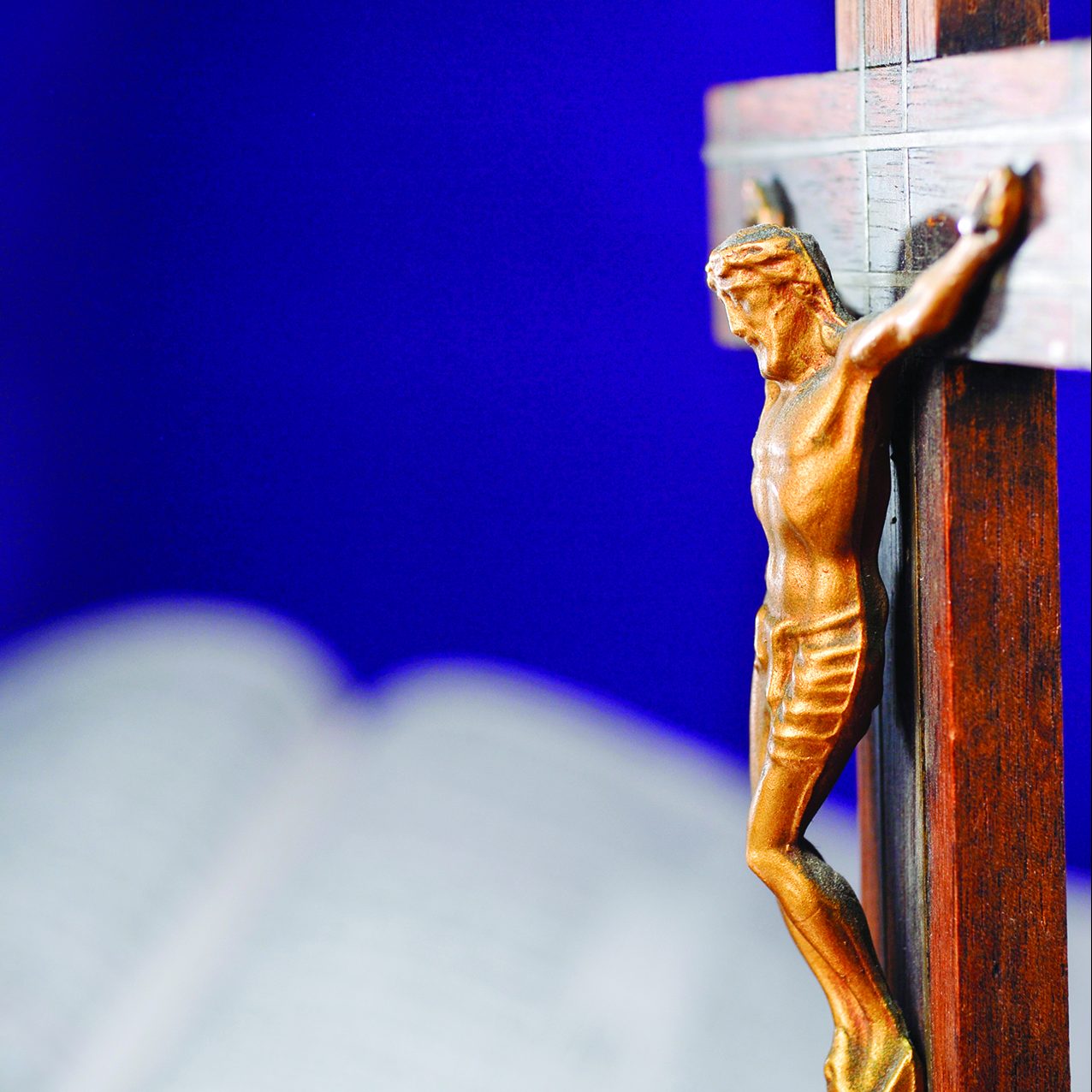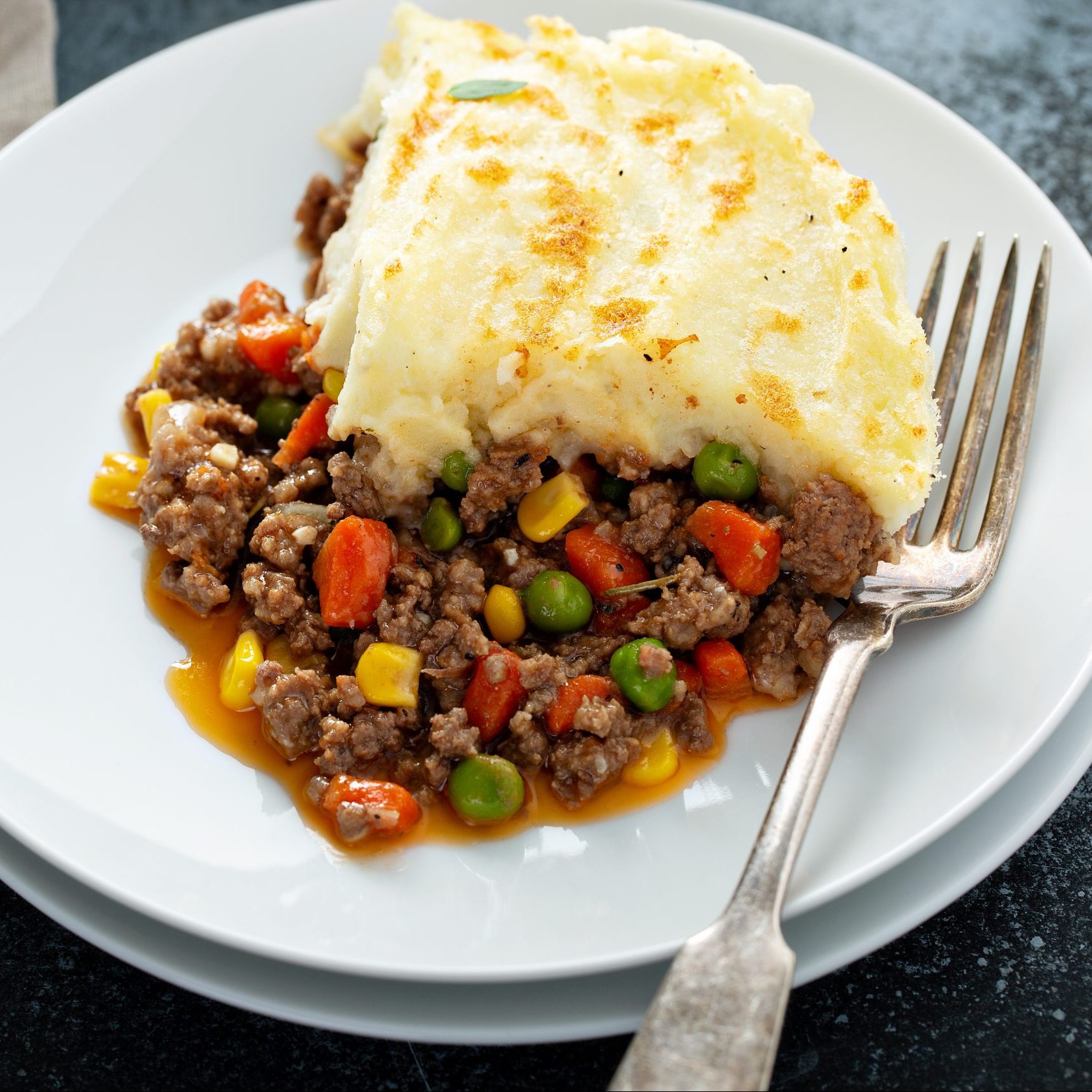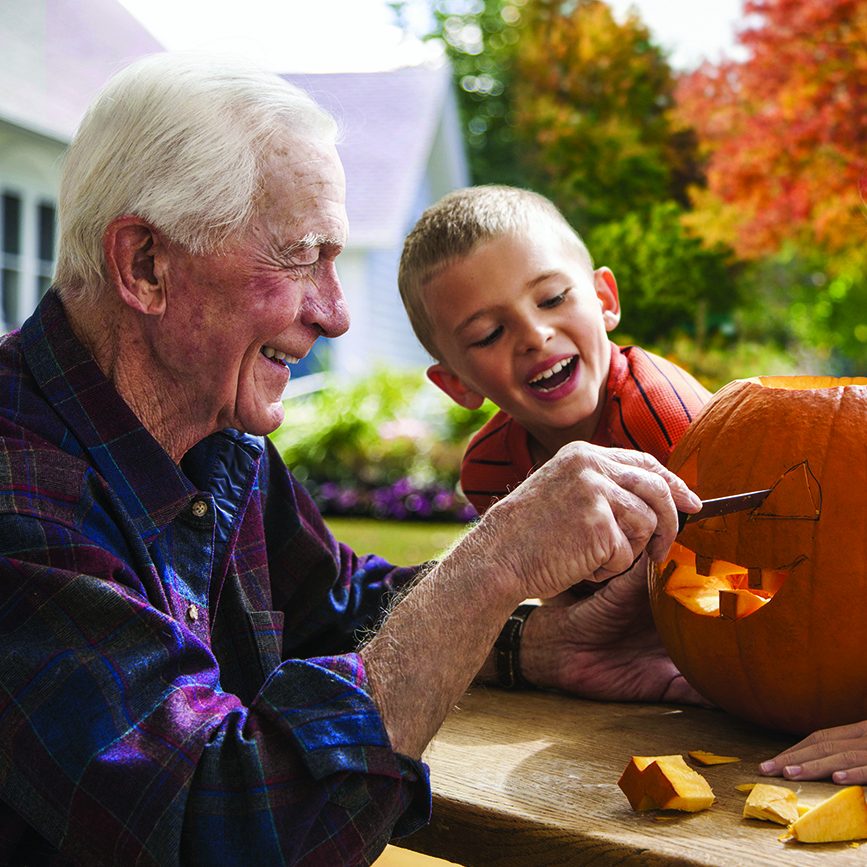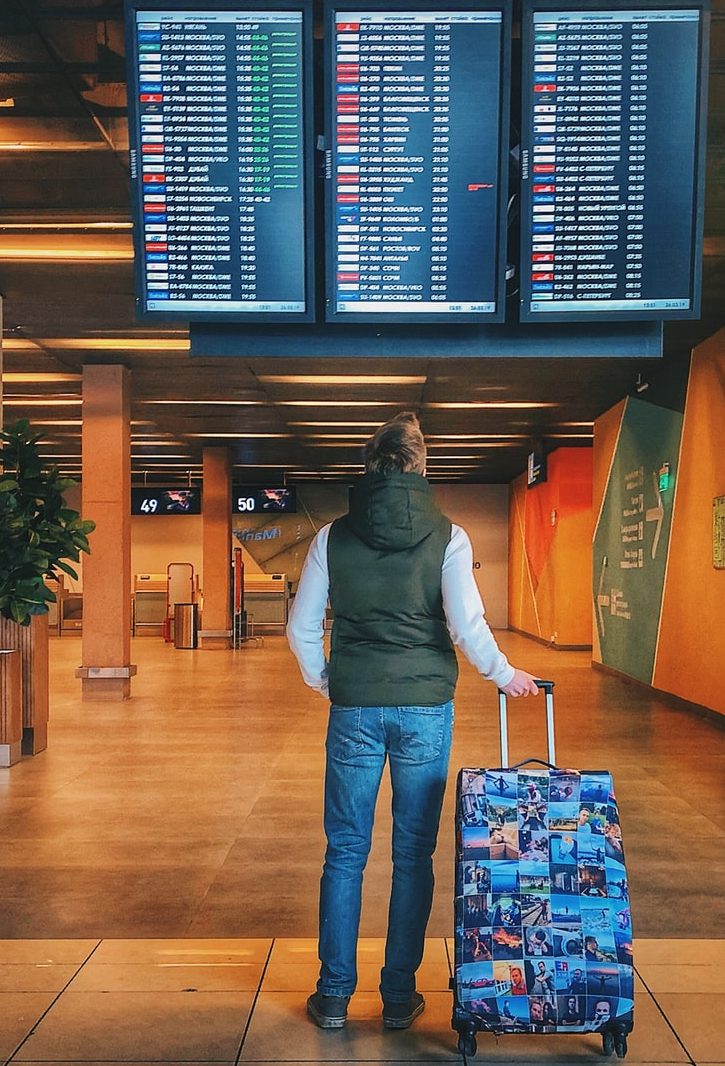Many people consider New Year’s Day the unofficial end of the holiday season. That often means that New Year’s Eve is an opportunity to socialize, gather and party one final time before returning to the routines of daily life.
The first known instance of New Year’s celebrations can be traced to around 2,000 B.C. in the region of Mesopotamia. Celebrants were gathering in March, rather than January, as this was the time of the vernal equinox, when the darkness of winter subsided and agricultural life could begin anew.
As individuals count down the days until New Year’s Eve festivities, these planning tips can make the celebrations occasions to remember.
1. Consider a theme. Everyone who is anyone is having or attending a NYE party. Let your event stand out from the throngs of others with a theme. Guests can come dressed as dynamic duos (like Mario and Luigi) or the party can evoke a bygone era, such as the roaring 1920s. Let guests know what they can do to play the part.
2. Start late. You do not want guests wiped out by the time midnight arrives. Therefore, start the party at around 9 or 10 p.m. and anticipate it lasting into the wee hours of the morning.
3. Tailor drinks to the season. Utilize seasonal ingredients when crafting drinks, or serve drinks that are expected this time of year, such as a boozy eggnog or cranberry Moscow mules.
4. Provide various activities. Plan fun activities during the party. Offer card games or board games to give guests something to do. Karaoke or group activities like trivia also can spread out the fun.
5. Beverages should be accessible. Unless you are hiring a bartender who will be on call to pour drinks, having drinks ready to go is a smart idea. In addition to cans/bottles of beer or malt beverages, have ready-to-go mixed drinks available by selecting a signature drink and preparing a bulk batch.
6. Curate a winning playlist. Ask guests to submit a list of their favorite tunes so you can create a collection of songs that will ebb and flow with the evening’s events. Be sure to include some sing-a-long favorites like “Don’t Stop Believin'” or “Tiny Dancer.”
7. Offer self-serve foods. Much like having drinks ready to go, make foods accessible as well. Finger foods and bite-sized morsels will not require guests to carry plates, reducing the chances for spillage. Sliders, miniature quiches and dessert shooters should suffice.
8. Tie decorations into the theme. Classic New Year’s Eve decorations include balloons, streamers and confetti. Think about a very festive balloon arch or backdrop that also can serve as a place to pose for photo opportunities.
9. Offer takeaway gifts for designated drivers. Encourage guests to stay sober and volunteer for designated driving duties by offering prizes. Ideas include gift cards to coffee shops or restaurants.
10. Be ready for midnight. Have a large television at the ready to show the midnight countdown and start pouring champagne roughly 20 minutes before midnight to ensure all glasses are full when the clock strikes 12.
New Year’s Eve celebrations get an extra boost from a well-planned party.





